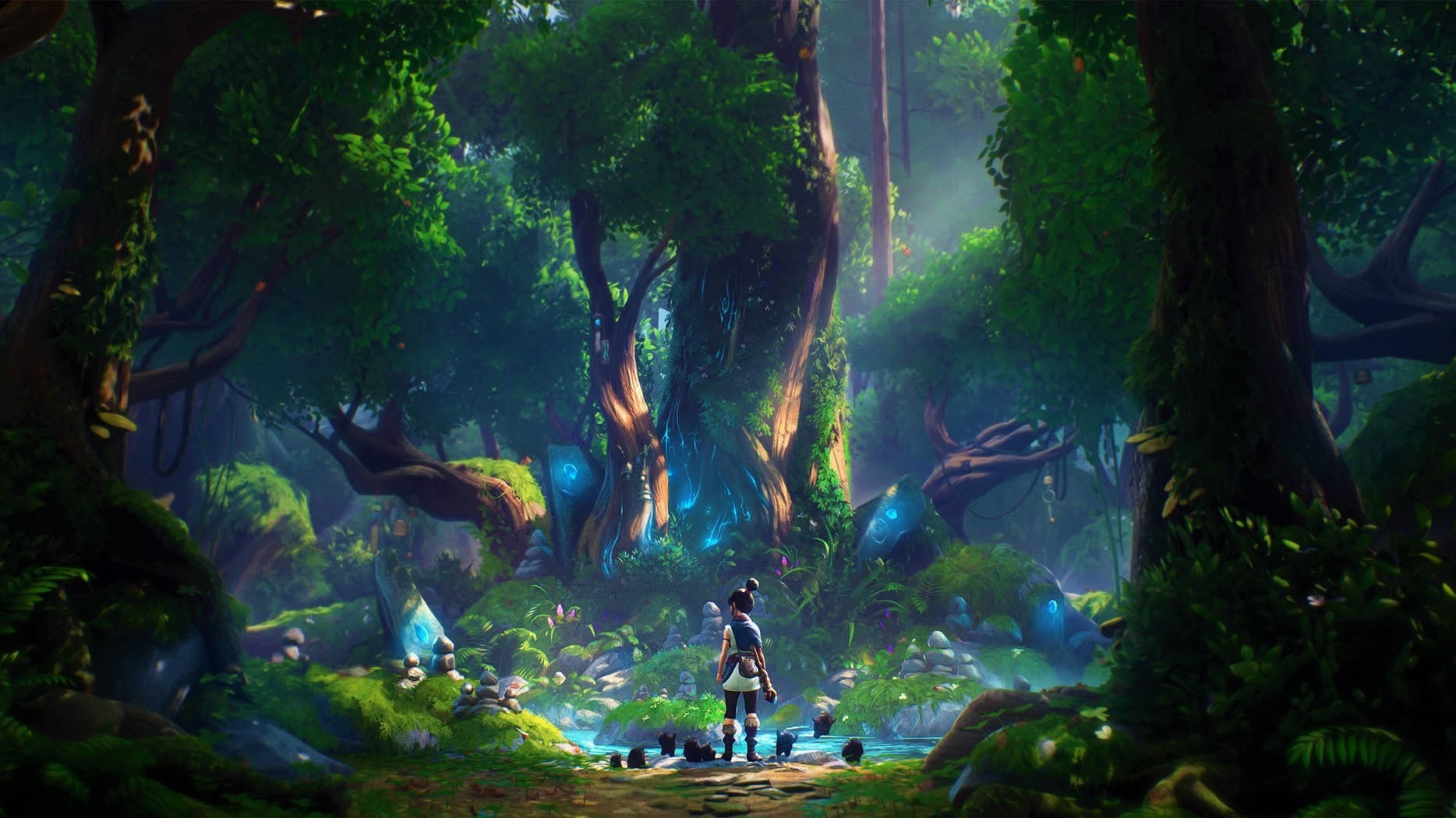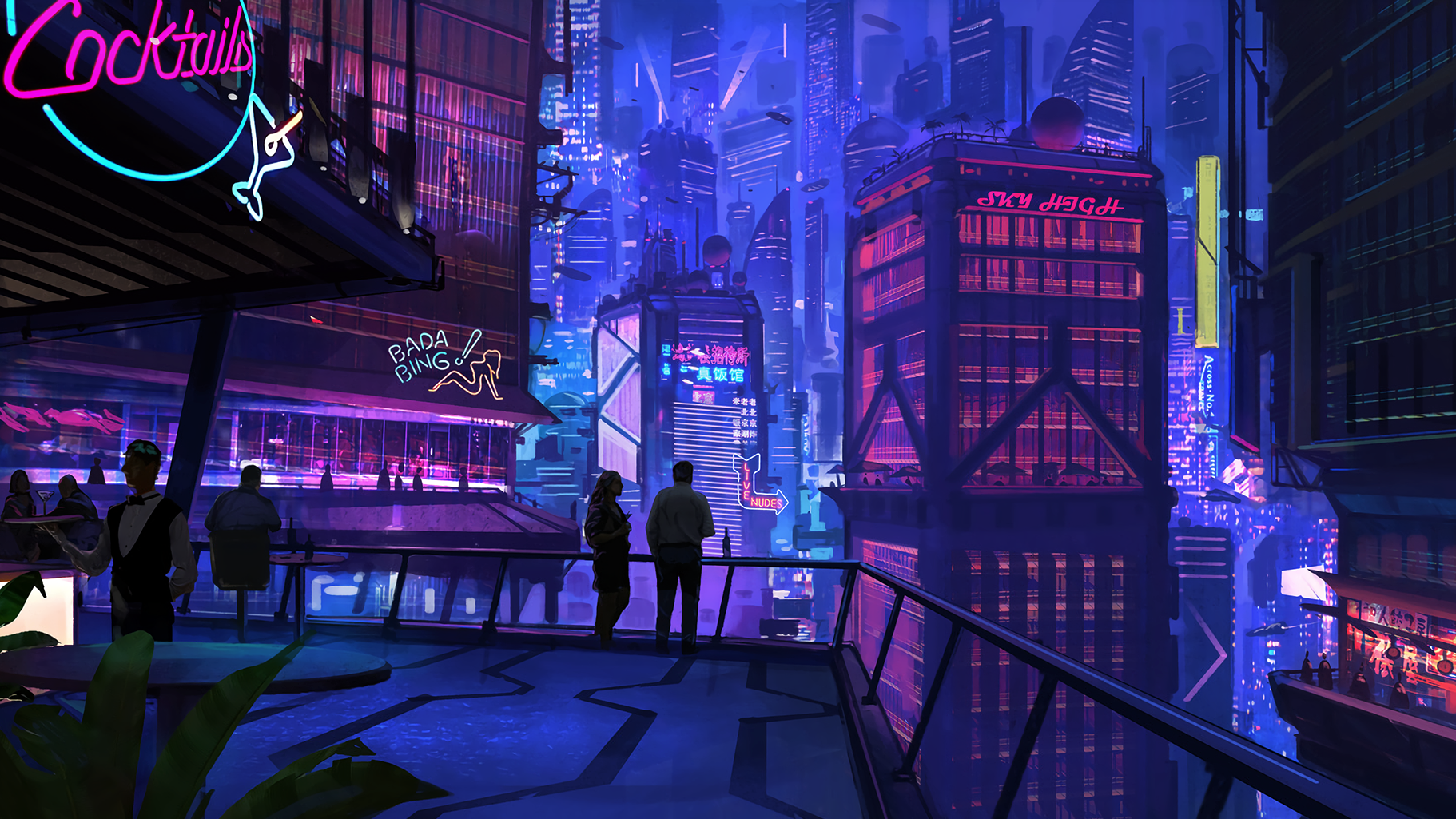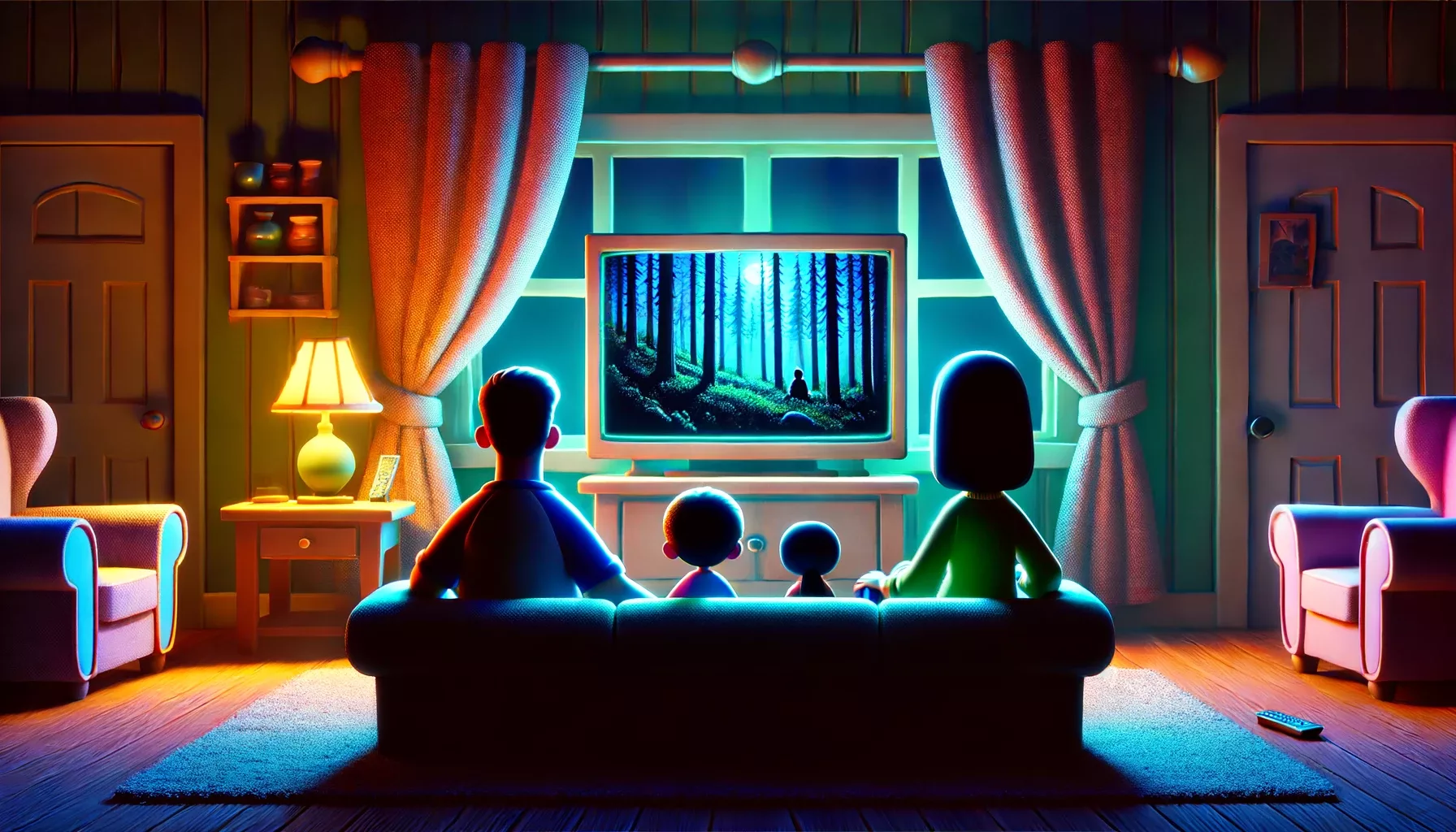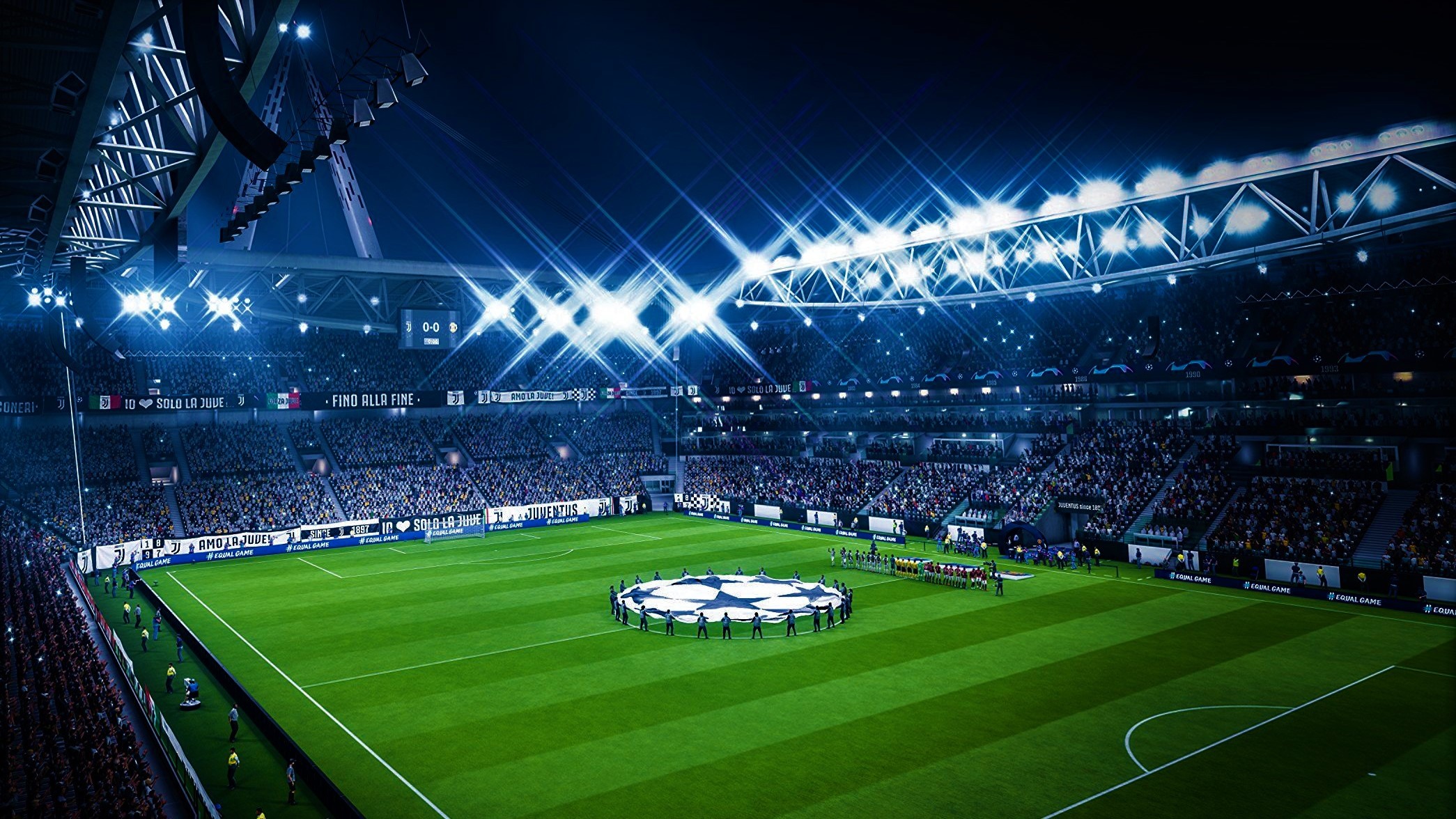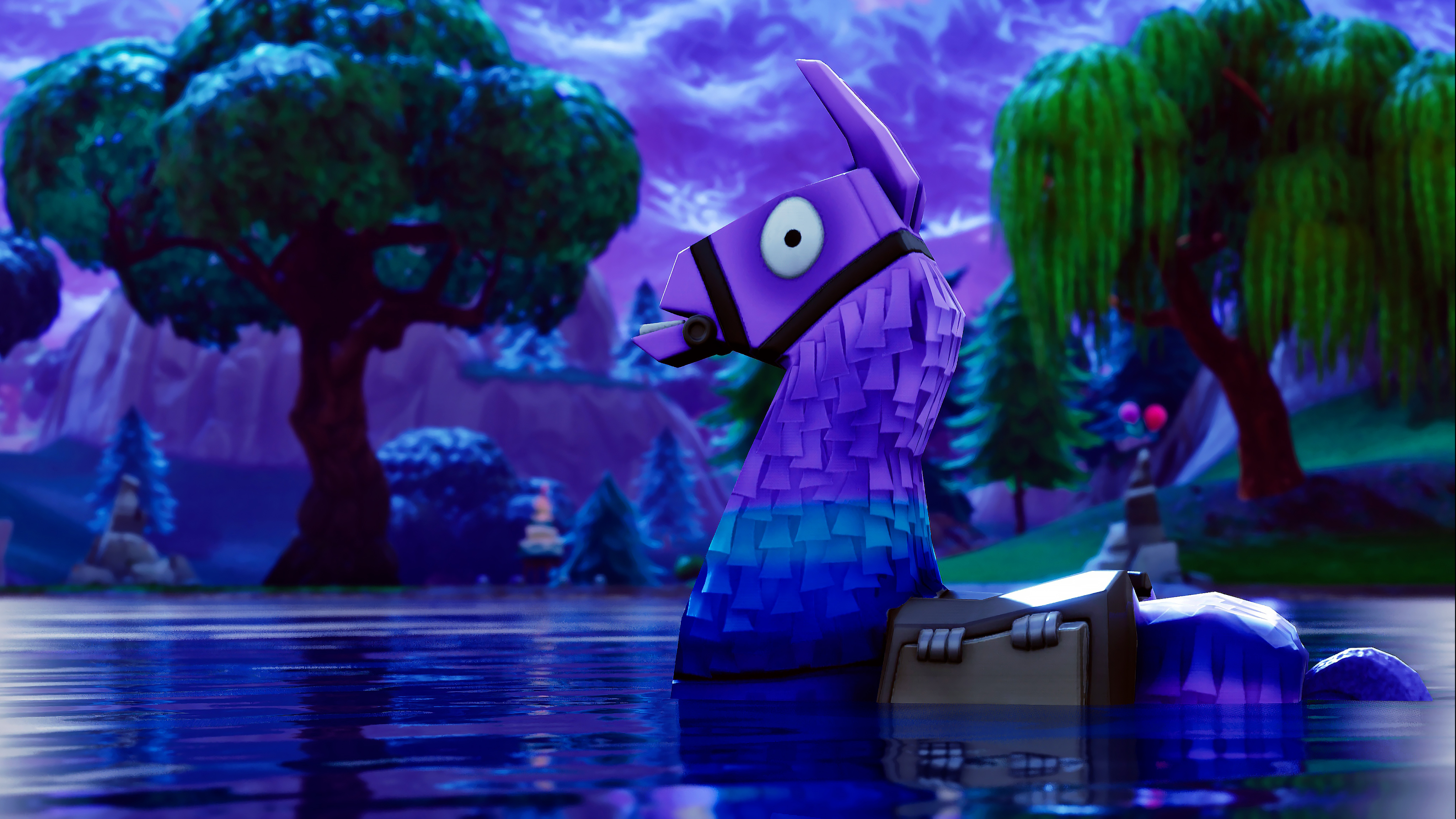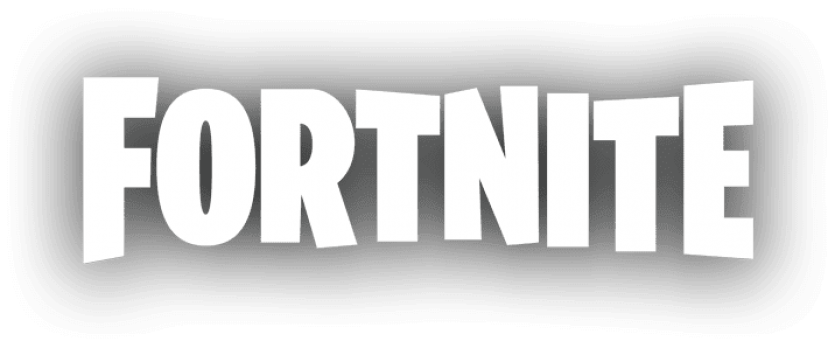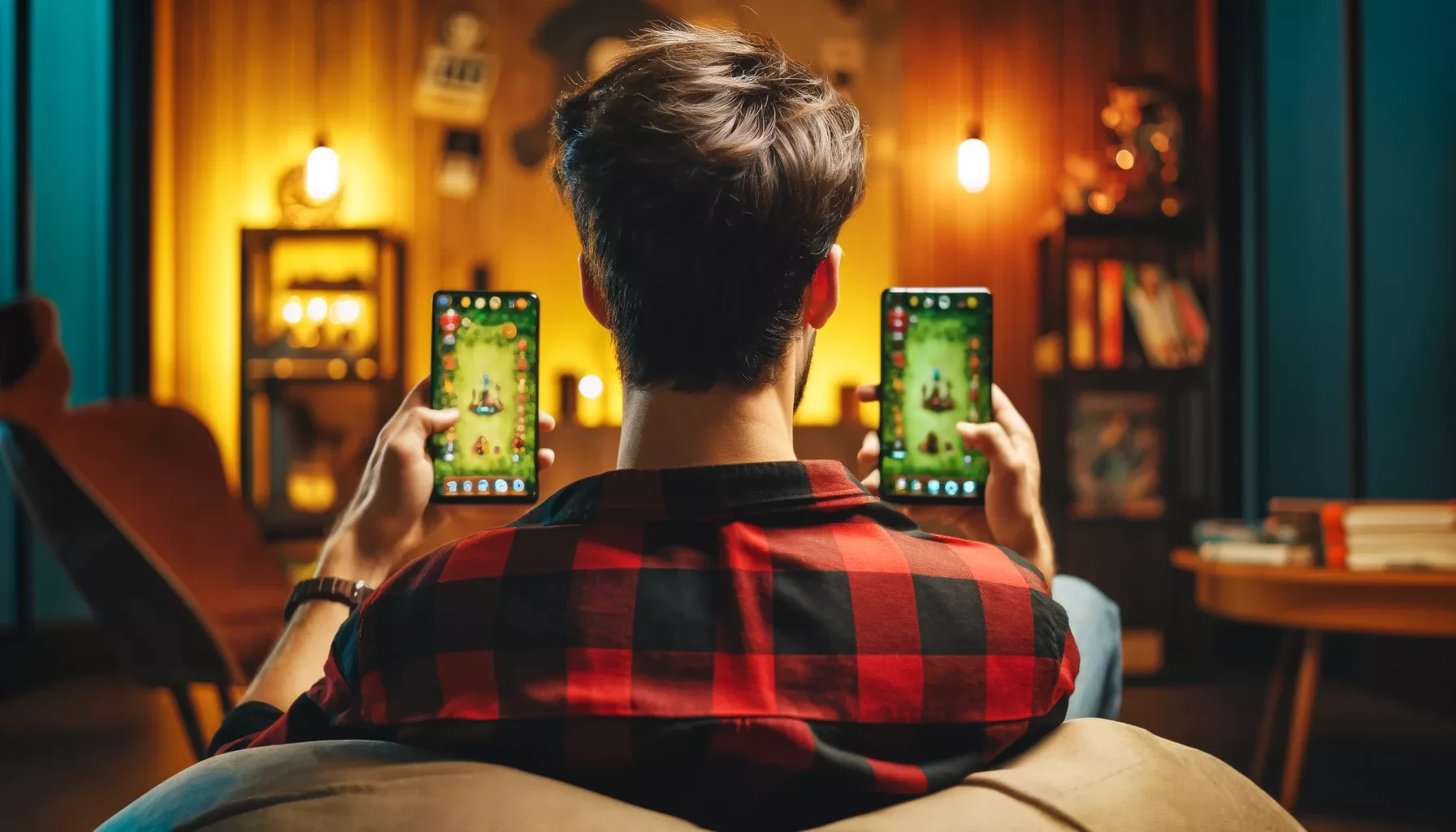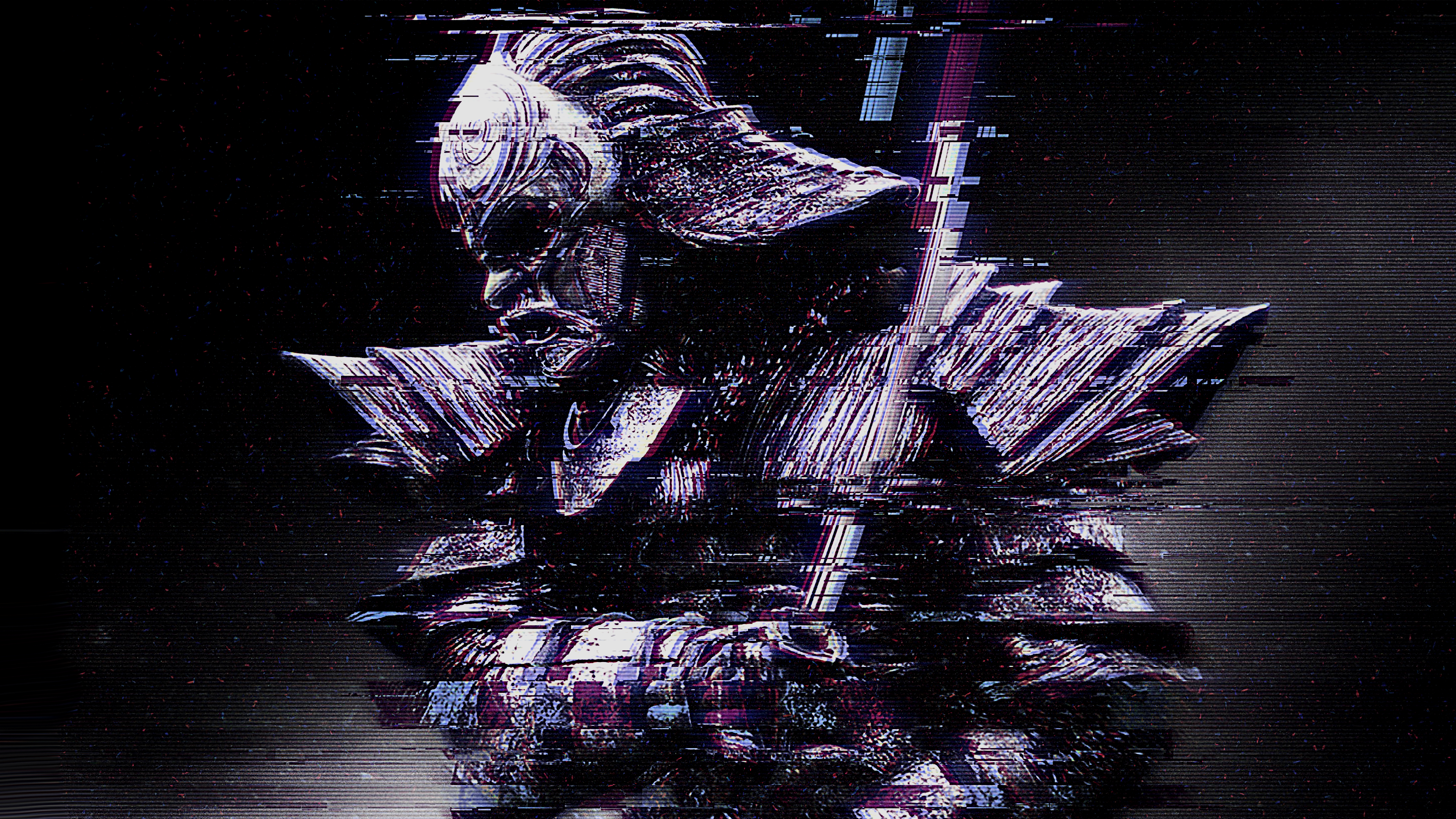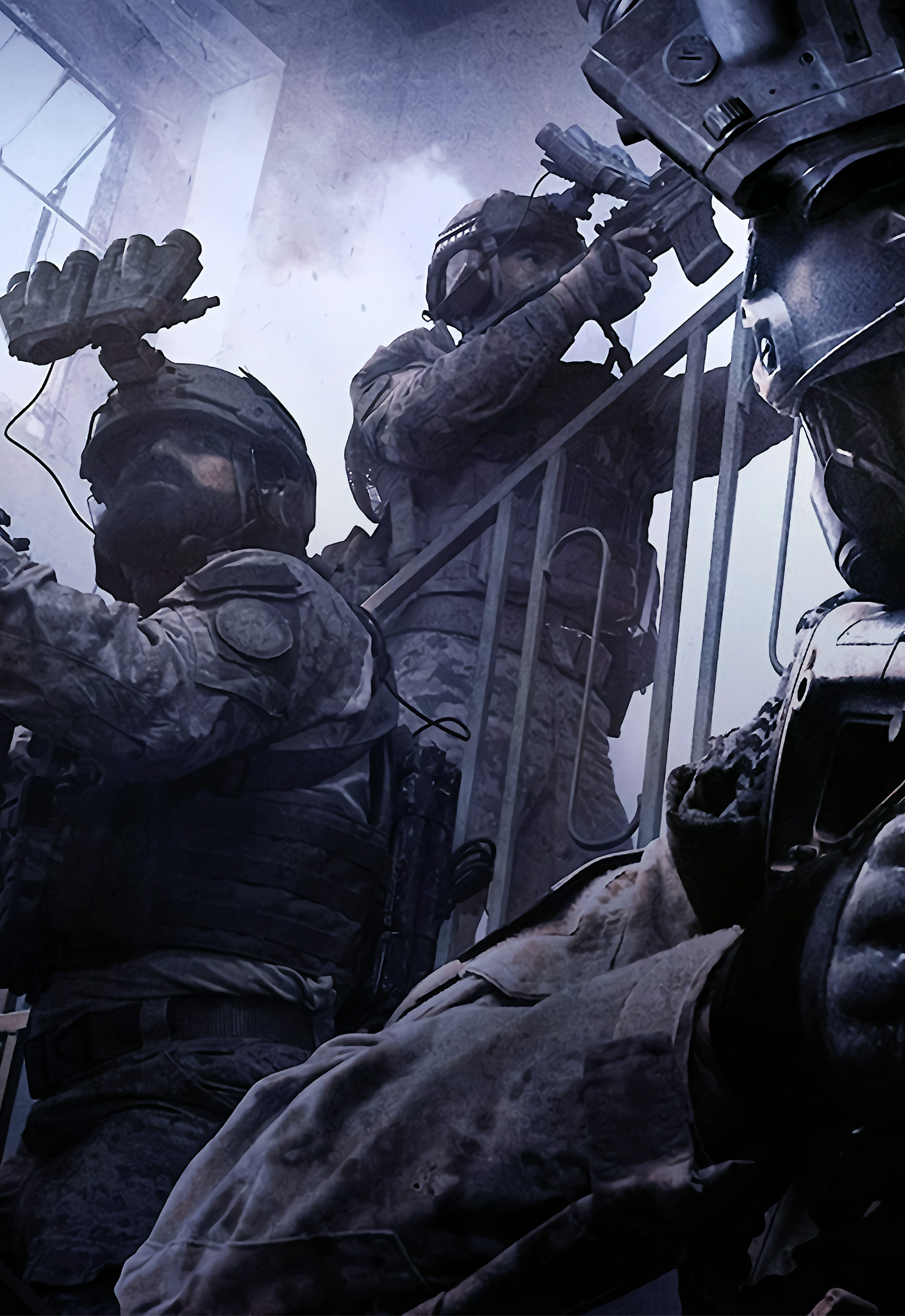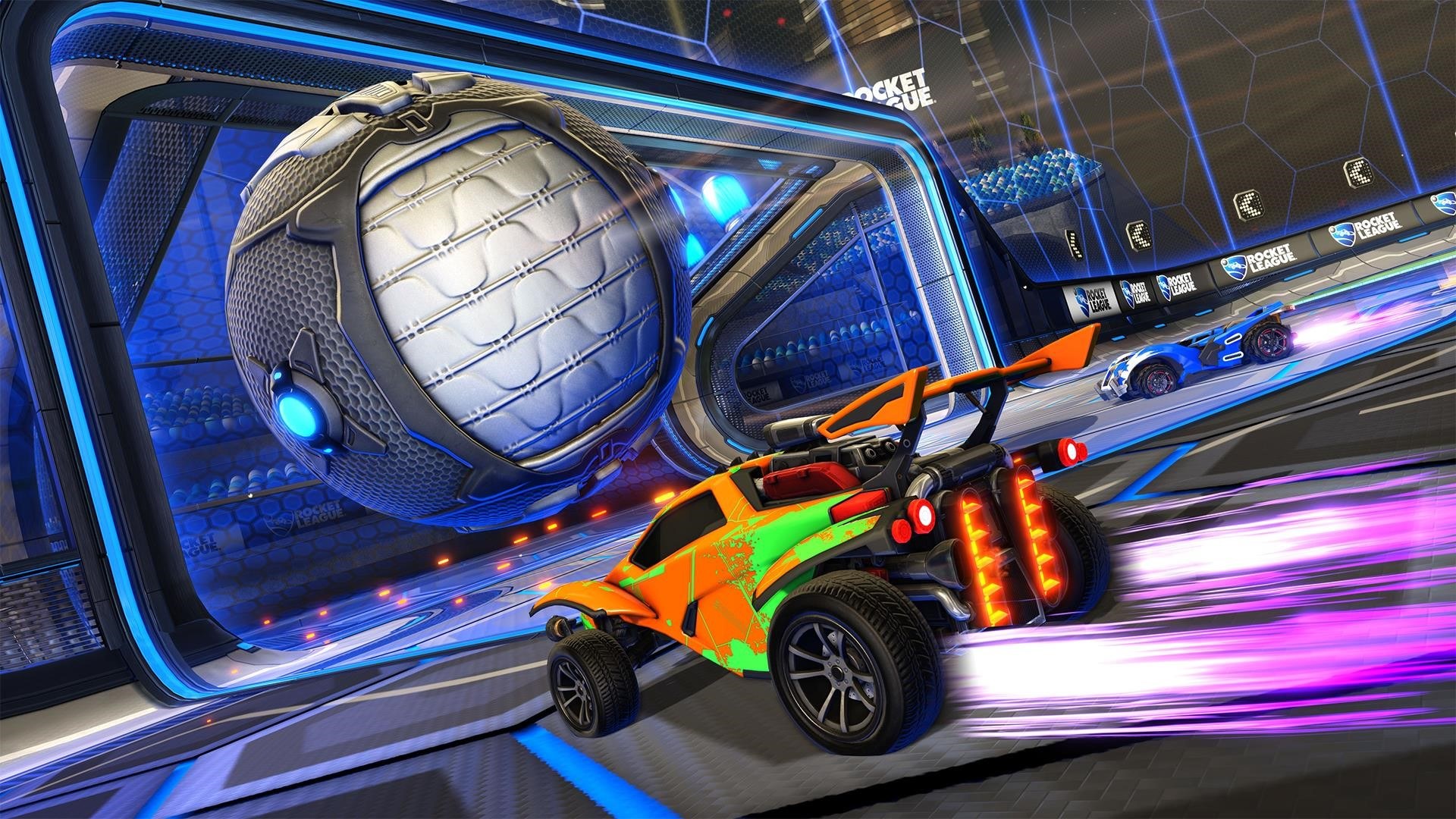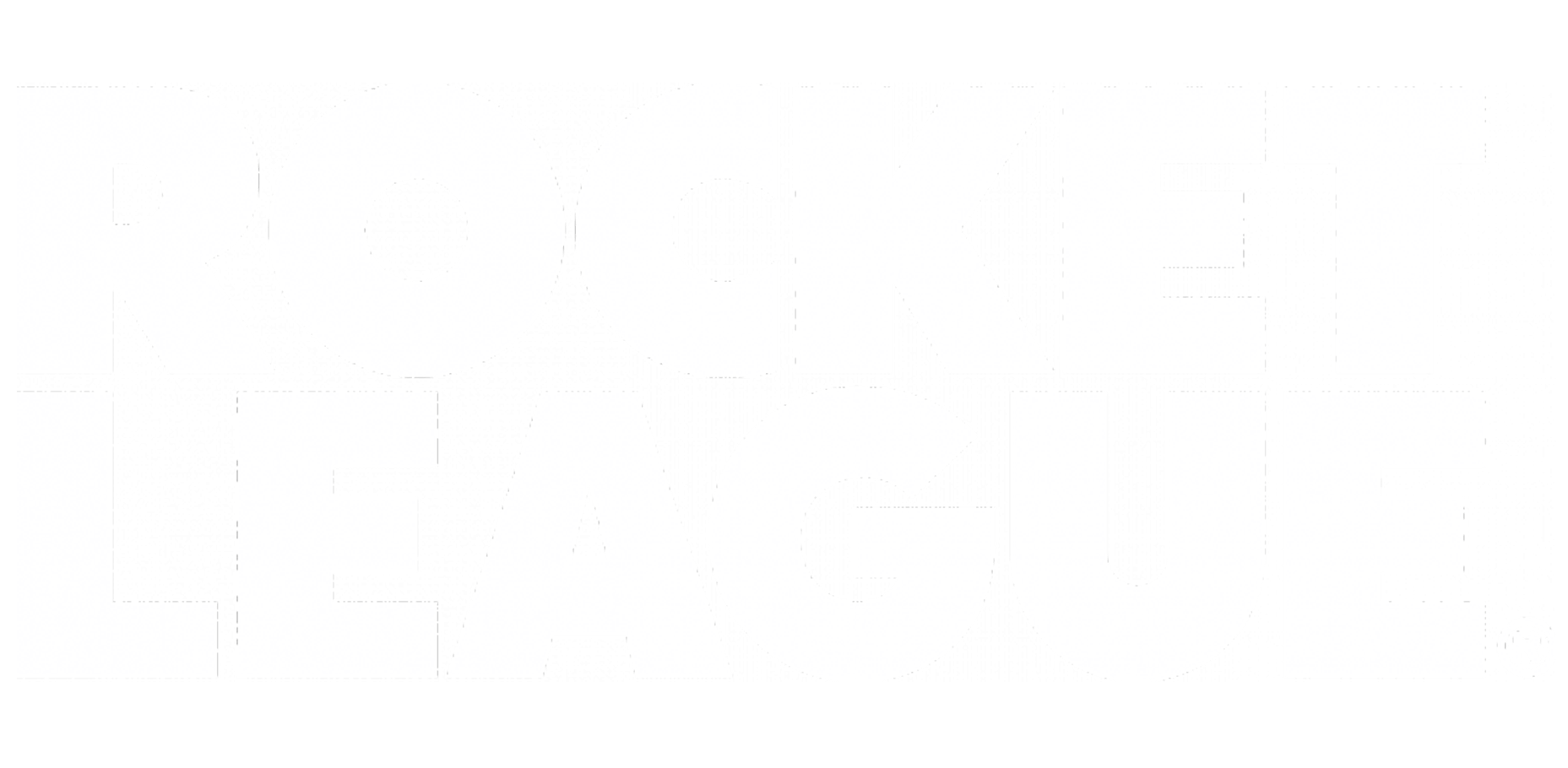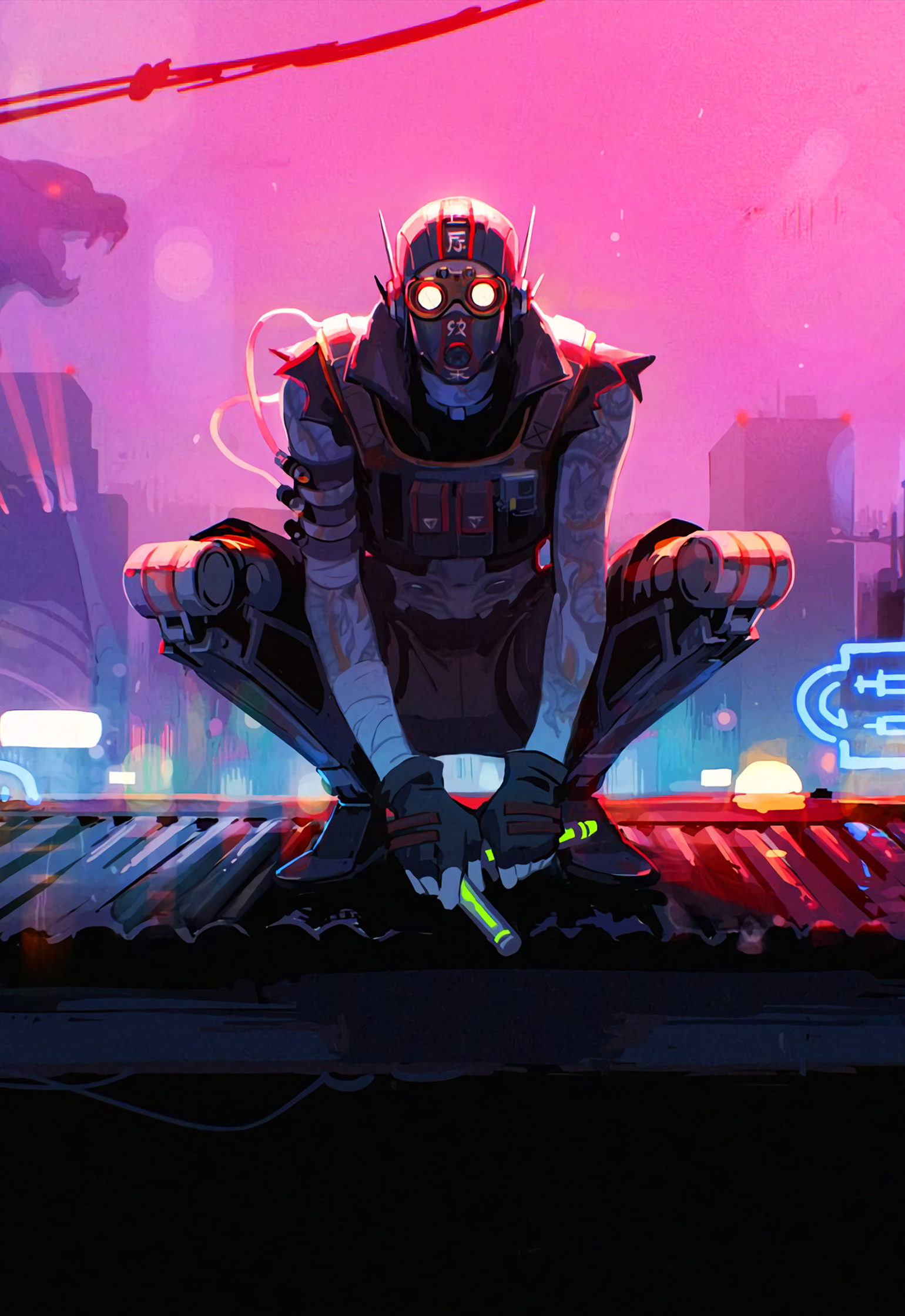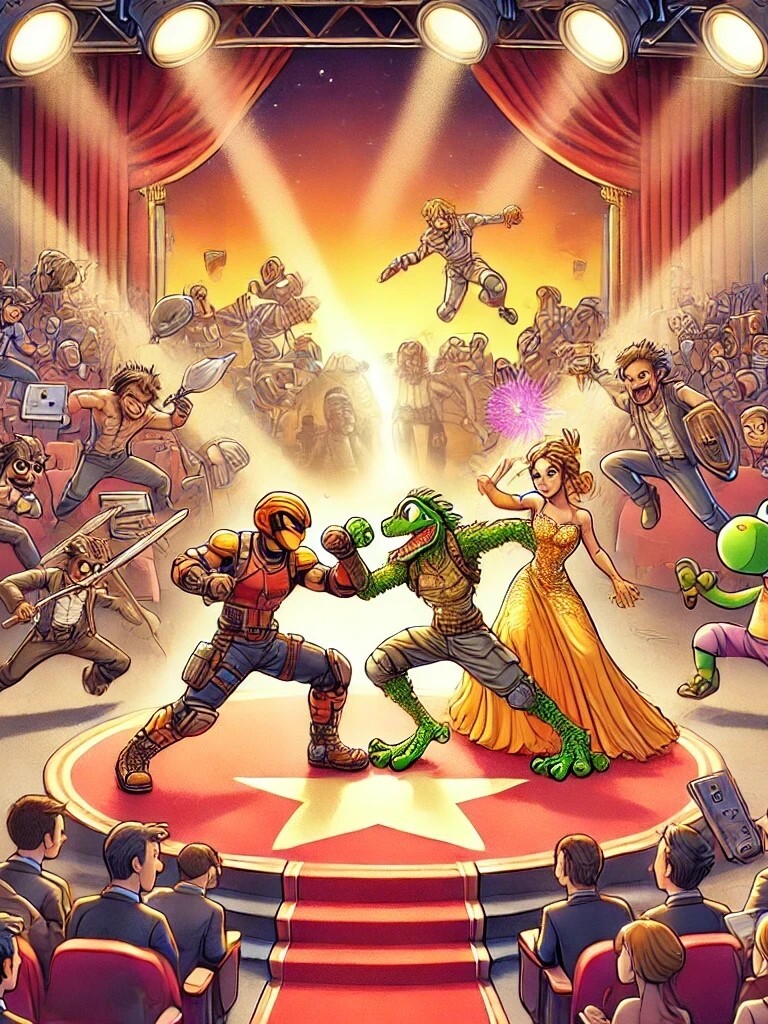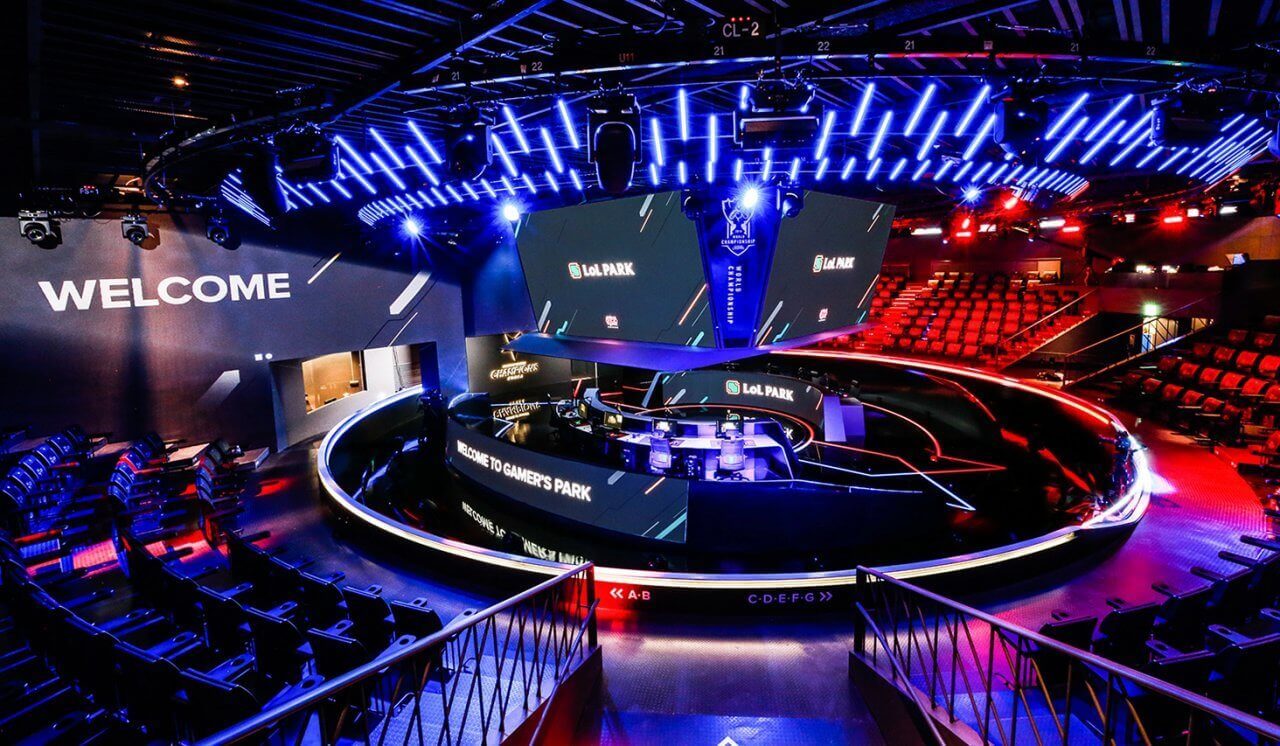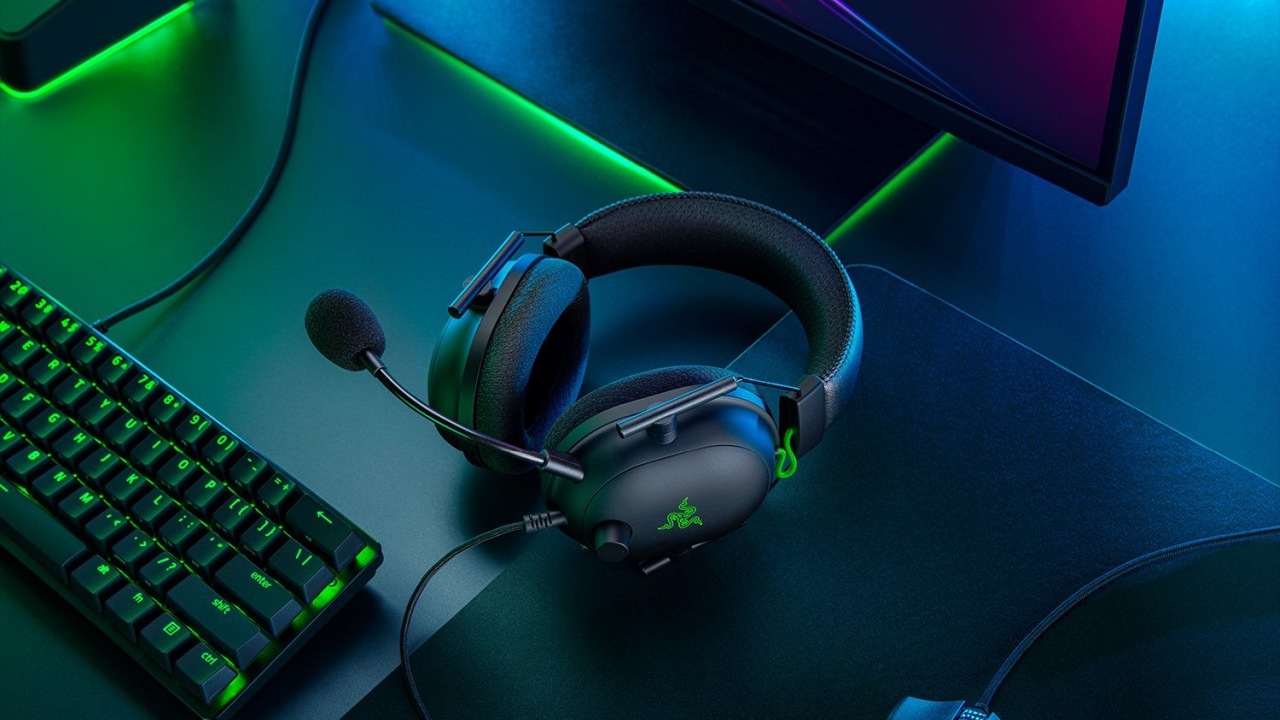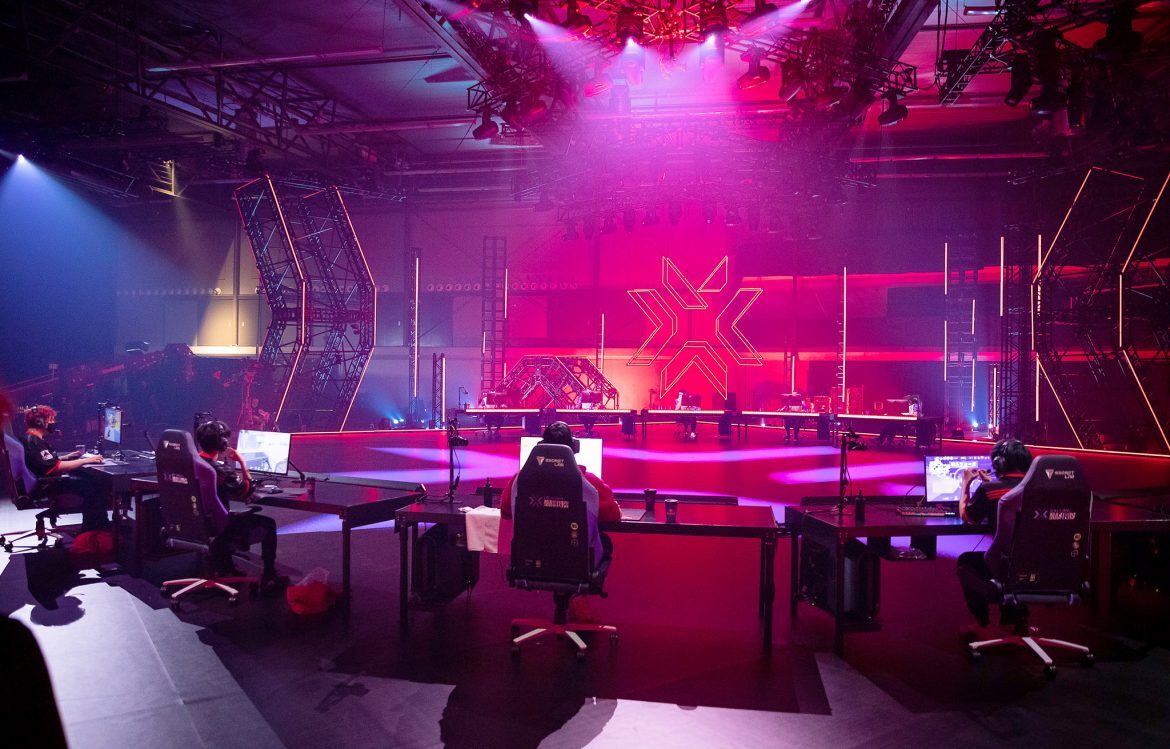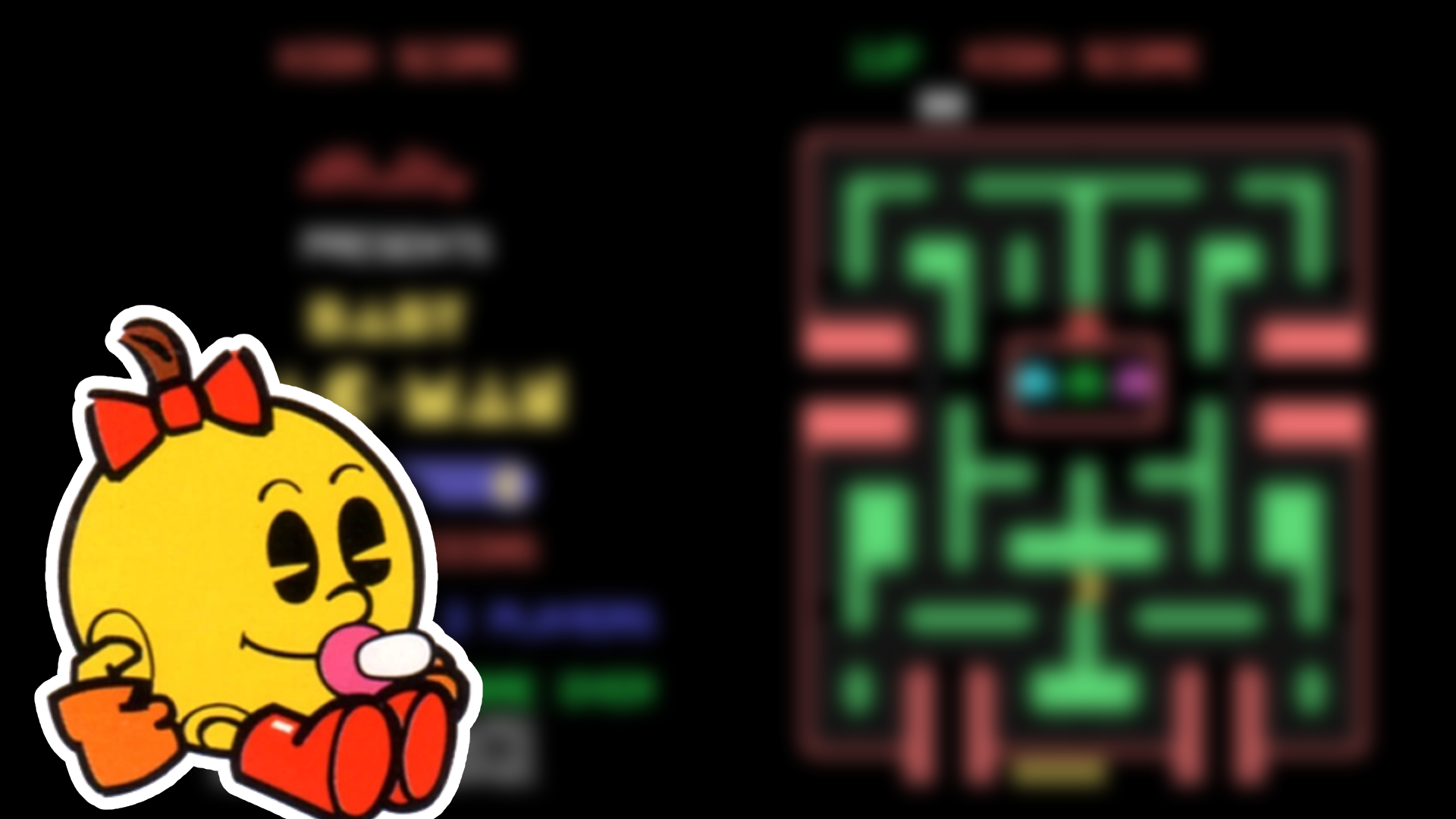A successor that never truly got the chance to grow up.
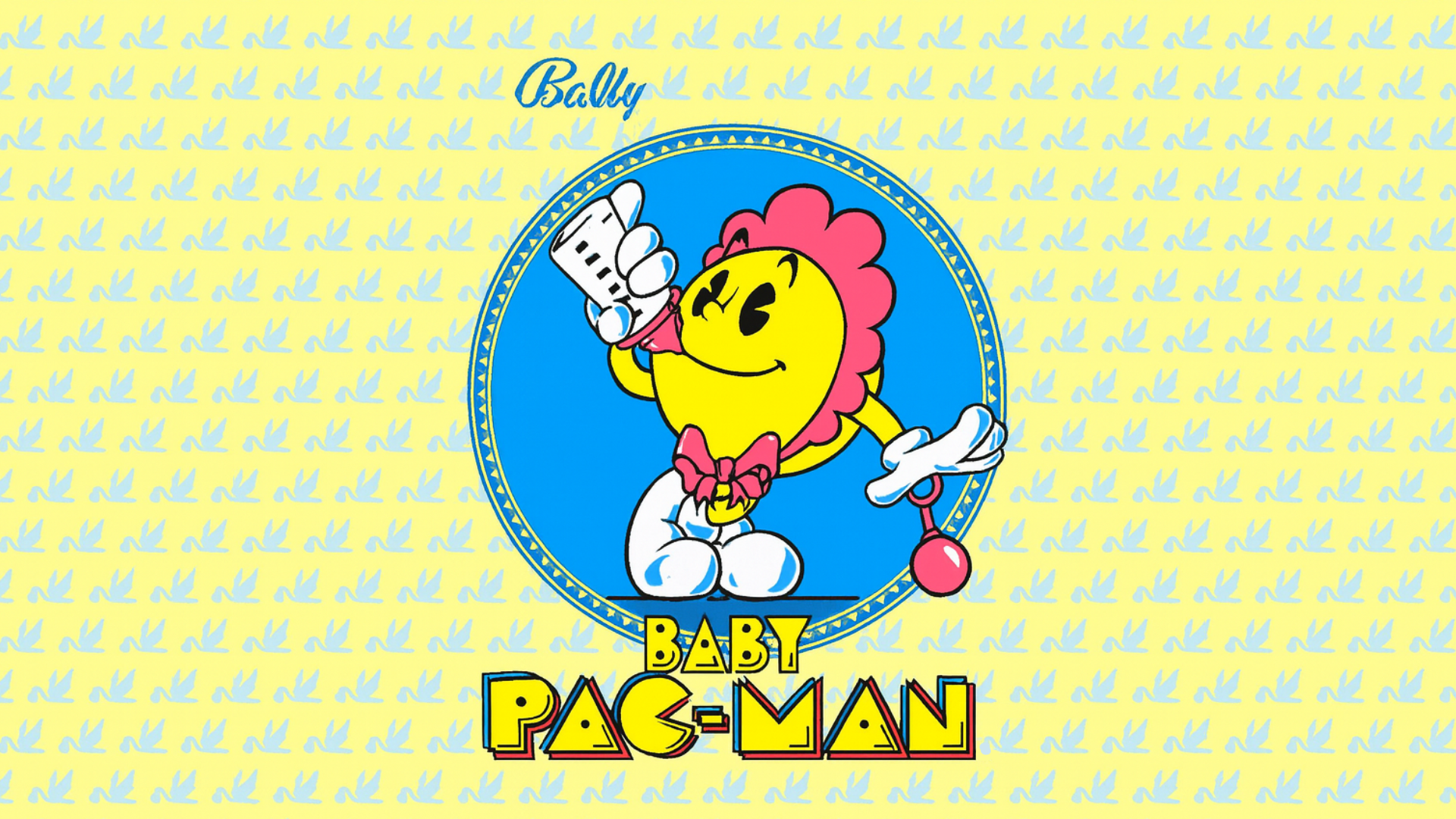
Since its inception with the first game in 1980, Namco's industry-defining Pac-Man franchise has seemingly graced every platform possible. Via home ports, compilations or standalone plug-and-play systems, every single classic maze-based entry – including the Midway-developed sequels like Ms. Pac-Man (1982) – have been rereleased countless times.
All of them – except one, which has remained exclusively tied to arcade machines to this day.
Founding A Family
There is little left to be said about the history of Namco's yellow and round mascot: The first Pac-Man (1980) became an incredible success, paving the way for video game design going forward and leaving a lasting cultural and commercial legacy. With this popularity came a demand for knock-offs and sequels, but after arcade conversion kit producer GCC faced legal issues for their unlicensed "mods" of popular games, they chose to approach the Pac-Man devs officially.
While the Pac-Man brand is owned by Namco, the US-American publisher was Midway, who gladly took GCC up on their offer and tasked them with re-developing their planned conversion kit for Pac-Man into the sequel that would eventually be released as Ms. Pac-Man. Ever since GCC sold its royalty right to AtGames in 2019, Namco and AtGames have been in a legal battle, leading to Ms. Pac-Man currently being erased from history, but that's a story for another time.
Crucially, with Ms. Pac-Man topping charts and grossing billions following its release in February 1982, Midway decided to use their resources as an arcade and pinball publisher to capitalize on the hype by releasing a pinball machine titled Mr. & Mrs. Pac-Man in April 1982, the Namco-developed Pac-Man sequel Super Pac-Man in September 1982 and finally, the topic of this article: A follow-up to Ms. Pac-Man merging arcade and pinball, titled Baby Pac-Man in October 1982.
Junior Moving Out
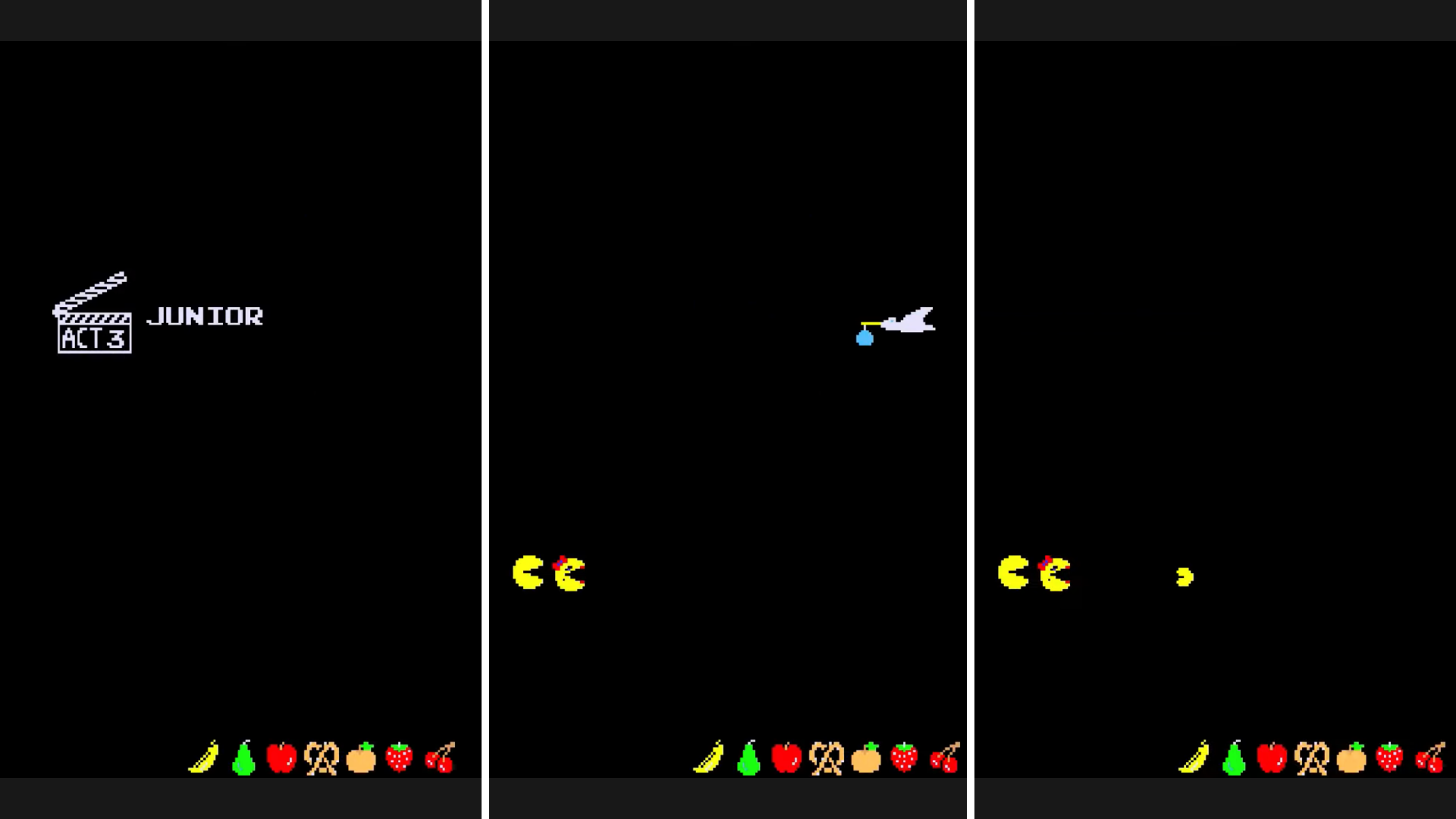
Ms. Pac-Man featured small intermission cutscenes between its mazes, showing the couple meeting, falling in love and eventually having a stork delivering them a baby. Baby Pac-Man thus follows up its predecessor in story, depicting the child of the iconic duo having its own run-ins with the ghosts in the maze.
The main objective remains the same: Players have to navigate Pac-Baby through the maze via joystick while eating all Pac-Dots and not touching the ghosts. At first, the playfield may seem a bit empty, as there are no fruits to be collected for bonus points or Power Pellets to be munched to render the ghosts blue and vulnerable for some time. There are, however, two chutes at the bottom of the screen, which – when accessed – activate the pinball portion of the game.
It turns out that Baby Pac-Man machines effectively consisted of an arcade game (as described above) attached to a pinball machine – a really unique and fun concept that could've only been created by a simultaneous pinball and arcade publisher like Midway. In typical pinball fashion, players have to use bumpers to catapult a ball towards certain objects, which when hit trigger the bonus fruit and power pellet effects. Once the ball falls down the middle, gameplay resumes on the arcade screen.
Family Estrangment
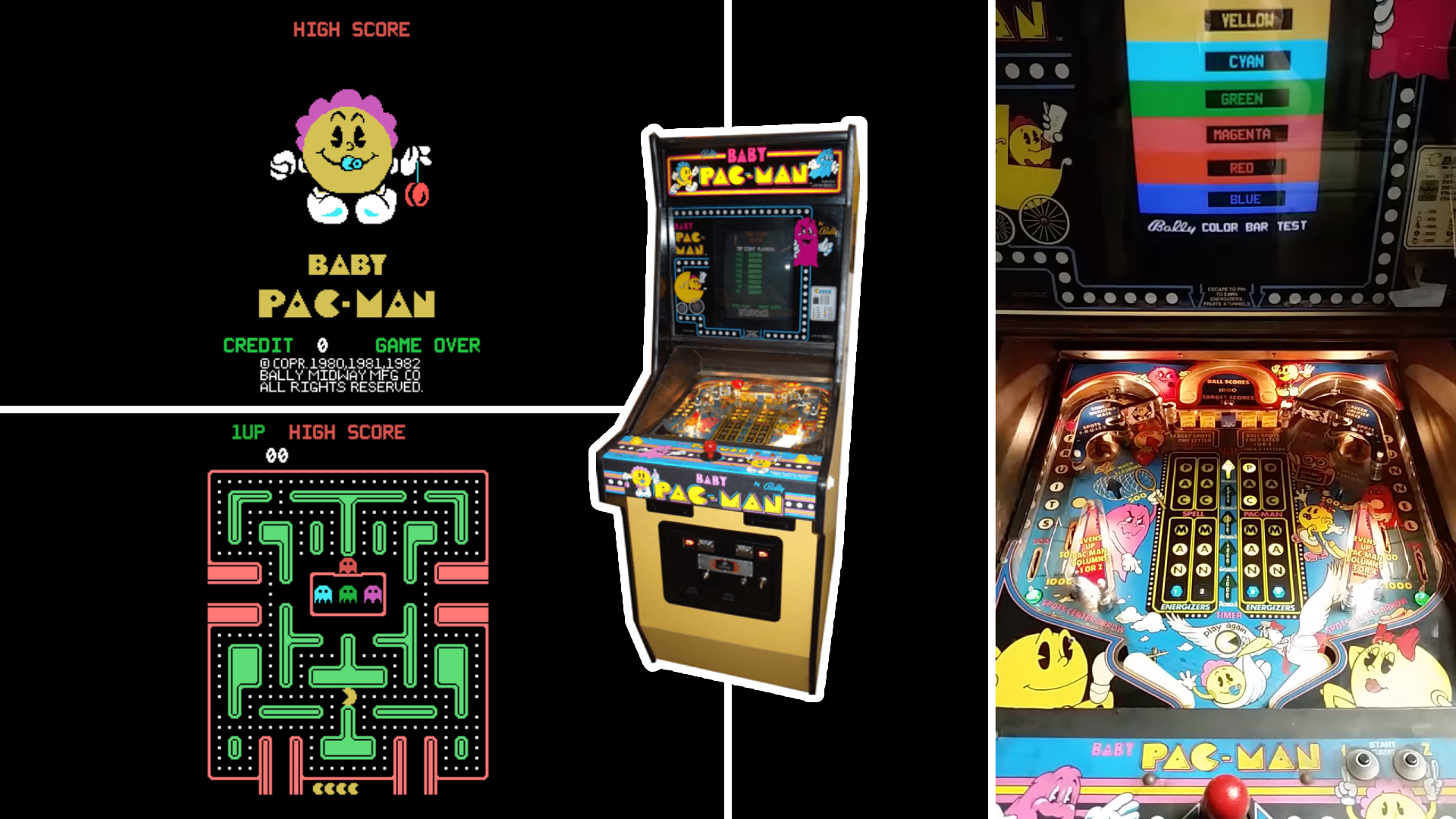
As fun and novel as Baby Pac-Man is, the game effectively suffers from the perfect storm of causes to become a neglected & forgotten sequel:
The game was only licensed out, being completely developed and published by Midway without any involvement from Namco (mirroring the case of Zelda's Adventure), it was very much purpose-made for outdated hardware that is difficult to replicate (like Tempest 3000) and it received far too limited a release to achieve significant commercial success, with only 7,000 arcade machines ever produced (a fate similar to that of Panzer Dragoon Saga).
Oh, and Midway doesn't even exist anymore, going bankrupt in 2010, meaning that any potential source code left is likely lost. With all of this in mind, it's no wonder that Namco, for trigger-happy as they are to put out collections of their classic games, have so far refrained from ever bringing Baby Pac-Man back in any form.
Finding New Friends
The original arcade machines are now highly-sought-after collector's items, usually going for around $6000. The aging hardware then demands additional care afterwards, as demonstrated by the existence of an online "Baby Pacman Club" on Pinside.com, where collectors exchange restoration tips and hardware mods like LED lights.
If you're not interested in dishing out that kind of money, Microsoft Windows emulators PinMAME and Visual Pinball X can be used to recreate the game using its original ROM and a fan-made digital replica of the physical pinball part.
In a kind of what-if scenario for if Baby Pac-Man got a home console release in its lifetime, a team led by AtariAge user PacManPlus published a homebrew version of the title for Atari 7800 in January 2019, which solely works on a video screen by replicating the pinball section in-game.
Integration with a similar digitally-recreated pinball machine would likely be the only way Namco could feasibly bring back this arcade classic, but considering the current legal trouble surrounding anything Ms. Pac-Man-related, it may take a long while until we ever see Baby Pac-Man again.
